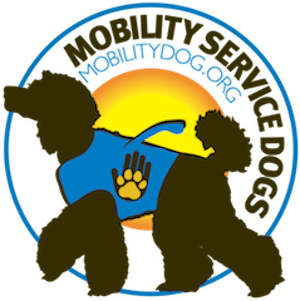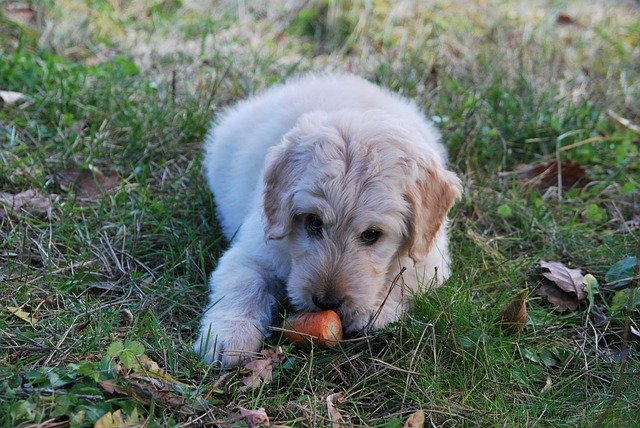K9 Obesity: What You Need to Know to Protect Your Dog!
Courtesy: Ihtar / Pixabay
The Growing (and Deadly) Epidemic: What You May Not Know Could Hurt Your Dog
As of 2018, an estimated 56% of American dogs (and 60% of cats) were considered overweight or obese.
These statistics equaled 60.2 million canines and 56.5 million felines challenged by the steadily rising epidemic of excess and unhealthy fat.
What is Your Dog’s Ideal Weight?
All mature dogs have an ideal weight for their breed. Extra weight (up to 15% over the “ideal weight” is considered overweight). More than 15% (over the “ideal weight”) is considered obese.
According to Petplan Insurance, 95% of owners with overweight dogs believe their dog’s weight is “normal.” Do you?
There are 3 accurate ways to ensure your dog’s weight is normal or ideal:
Use the calculator at www.PetMD.com/HealthyWeight.
Find ideal weight ranges for the Top 100 AKC Dog Breeds at PetObesityPrevention.org. (Cat breeds are also listed there.)
Refer to the tip below to learn what a dog’s “ideal weight” should look like.
What Your Dog’s “Ideal Weight” Should Look Like
Courtesy: Clker-Free-Vector-Images / Pixabay
FROM ABOVE: The abdomen should be slimmer than the chest and hips; forming an “hourglass figure” with a defined “waist.”
THE RIBS should be slightly visible - and easily felt - behind the shoulder blades.
FROM THE SIDE: The abdomen (just above the hind legs) should look “tucked up” compared to the chest.
Which K9 Breeds are Prone to Obesity?
Small and Medium Breeds
Beagles
Basset Hounds
Cairn Terriers
Cavalier King Charles Spaniels
Cocker Spaniels
Dachshunds
Scottish Terriers
Large and Giant Breeds
Bernese Mountain Dogs
Golden/Labrador Retrievers
Newfoundlands
Rottweilers
Saint Bernards
5 Tips for a Healthy K9 Weight
Courtesy: Mojpe / Pixabay
Feed a high-quality food or raw diet to avoid carb overload.
Do not free-feed throughout the day.
Measure all food and treat portions instead of guessing.
Ensure at least 30 minutes of exercise almost every day.
Reduce processed treats and offer more raw vegetables.
When Your Dog is Overweight: How to Exercise Them Safely
Just like with human who are overweight, any exercise for your overweight dog should begin in small, very moderate doses, just 5-10 minutes.
Before Beginning Any Exercise
If your dog is carrying excess weight, visit your regular vet first for an overall evaluation. Then together, design a safe exercise plan for your dog.
Safety Tips During Exercise
Courtesy: carlylucy / Pixabay
Panting is one of the natural ways your dog cools down. But excessive panting and/or drooling are indications of too much activity. Stop or slow down immediately!
Always exercise during the cooler parts of the day.
Properly warm-up and cool-down your dog before - and after - each session of exercise.
Always give them plenty of fresh, cool water to drink during and after any exercise to avoid potentially dangerous dehydration or heat exhaustion and/or heat stroke.







